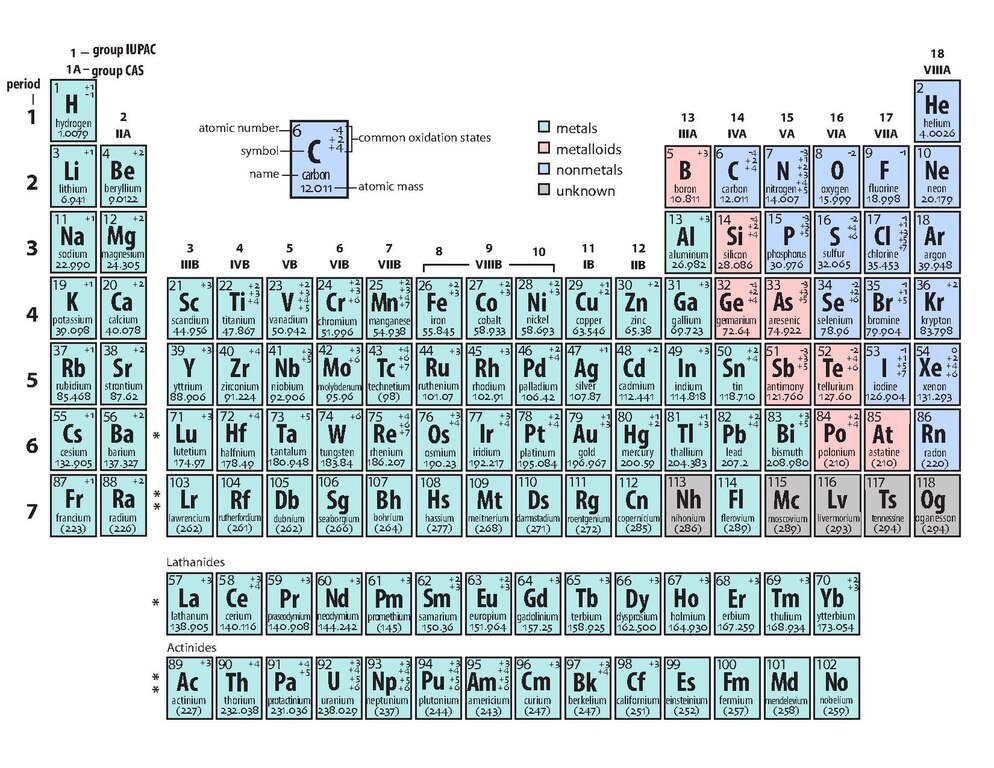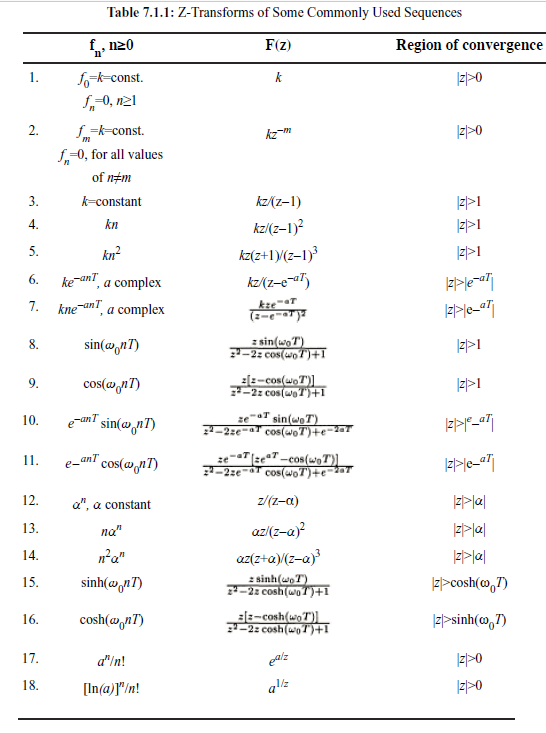Stoecklin TABLES OF TRANSFORM PAIRS v1.5.3 4 Table of z-Transform Pairs xn = Z 1 fX(z)g= 1 2ˇj H X(z)zn 1dz (Z) X(z) = Zfxng= P + n=1 xnz n ROC transform xn (Z) X(z) Rx. Z-Transform; Z-Transform - Introduction; Z-Transform - Properties; Z-Transform - Existence; Z-Transform - Inverse; Z-Transform - Solved Examples; Discrete Fourier Transform; DFT - Introduction; DFT - Time Frequency Transform; DTF - Circular Convolution; DFT - Linear Filtering; DFT - Sectional Convolution; DFT - Discrete Cosine Transform; DFT. Table of Laplace and Z-transforms X(s) x(t) x(kT) or x(k) X(z) Kronecker delta δ0(k) 1. – – 1 k=0 1 0 k≠0 δ0(n-k) 2. – – 1 n=k z-k 0 n≠k 1 1 3. Section 2: The Z-Transform Digital Control Note also that F(z) ≠ F(s) and F(z) ≠ F.(s).F(s) is the Laplace Transform of the signal f(t) and as such is a continuous-time description of the signal f(t) i.e. It contains information as to what is happening between sampling instants as well as at the sampling instants.
- Z Transform Table Laplace
- Z Transform Table Pdf
- Z Transform Table Pdf
- Inverse Z Transform Matlab
- Z Transform Pairs
z-Transform

Sometimes one has the problem to make two samples comparable, i.e. to compare measured values of a sample with respect to their (relative) position in the distribution. An often used aid is the z-transform which converts the values of a sample into z-scores:
with
Z Transform Table Laplace
zi ... z-transformed sample observations
xi ... original values of the sample
... sample mean
s ... standard deviation of the sample

The z-transform is also called standardization or auto-scaling. z-Scores become comparable by measuring the observations in multiples of the standard deviation of that sample. The mean of a z-transformed sample is always zero. If the original distribution is a normal one, the z-transformed data belong to a standard normal distribution (μ=0, s=1).
The following example demonstrates the effect of the standardization of the data. Assume we have two normal distributions, one with mean of 10.0 and a standard deviation of 30.0 (top left), the other with a mean of 200 and a standard deviation of 20.0 (top right). The standardization of both data sets results in comparable distributions since both z-transformed distributions have a mean of 0.0 and a standard deviation of 1.0 (bottom row).
| Hint: | In some published papers you can read that the z-scores are normally distributed. This is wrong - the z-transform does not change the form of the distribution, it only adjusts the mean and the standard deviation. Pictorially speaking, the distribution is simply shifted along the x axis and expanded or compressed to achieve a zero mean and standard deviation of 1.0. |
Z Transform Table Pdf
z-Transform
Sometimes one has the problem to make two samples comparable, i.e. to compare measured values of a sample with respect to their (relative) position in the distribution. An often used aid is the z-transform which converts the values of a sample into z-scores:
with
zi ... z-transformed sample observations
xi ... original values of the sample
... sample mean
s ... standard deviation of the sample
The z-transform is also called standardization or auto-scaling. z-Scores become comparable by measuring the observations in multiples of the standard deviation of that sample. The mean of a z-transformed sample is always zero. If the original distribution is a normal one, the z-transformed data belong to a standard normal distribution (μ=0, s=1).
Z Transform Table Pdf

Inverse Z Transform Matlab
The following example demonstrates the effect of the standardization of the data. Assume we have two normal distributions, one with mean of 10.0 and a standard deviation of 30.0 (top left), the other with a mean of 200 and a standard deviation of 20.0 (top right). The standardization of both data sets results in comparable distributions since both z-transformed distributions have a mean of 0.0 and a standard deviation of 1.0 (bottom row).

| Hint: | In some published papers you can read that the z-scores are normally distributed. This is wrong - the z-transform does not change the form of the distribution, it only adjusts the mean and the standard deviation. Pictorially speaking, the distribution is simply shifted along the x axis and expanded or compressed to achieve a zero mean and standard deviation of 1.0. |